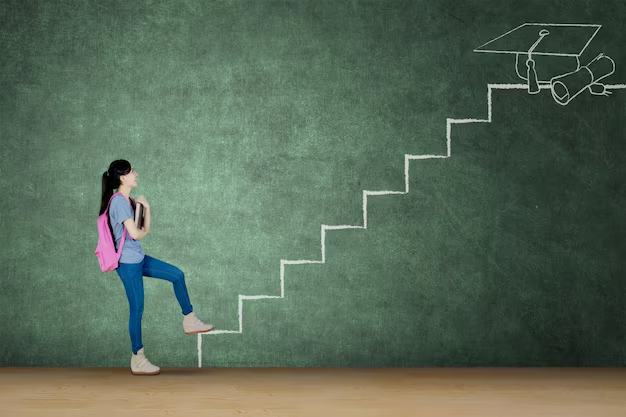
The role of technology in transforming traditional education has been profound, revolutionizing how students learn, teachers teach, and educational institutions operate. Technology has opened up new possibilities for both educators and learners, making education more flexible, personalized, and accessible. Here are several key ways technology is transforming traditional education:
1. Access to Information and Resources
Technology provides students and teachers with access to vast amounts of information and resources. The internet, digital libraries, e-books, research databases, and online courses have made information more accessible than ever before. Students can now access learning materials at their convenience, while teachers can incorporate multimedia content to enhance their lessons.
2. Personalized Learning
Technology enables the customization of learning experiences to fit the individual needs and learning styles of students. Adaptive learning platforms and educational software can analyze a student’s progress and adjust the content accordingly. This personalization helps in catering to various learning paces, strengths, and weaknesses, which was often difficult in traditional classrooms.
3. Online Learning and Distance Education
The rise of online education and distance learning platforms has significantly broadened access to education, especially for students who cannot attend traditional classrooms due to geographic or other constraints. Online learning provides flexibility in terms of time and location, allowing students to learn at their own pace.
4. Collaboration and Communication
Technology enhances collaboration among students and between teachers and students. Tools such as Google Classroom, Microsoft Teams, Zoom, and other platforms allow for easy communication, collaboration on projects, and sharing of resources. These platforms enable real-time feedback and peer-to-peer learning, fostering a more interactive and engaging environment.
5. Interactive Learning Tools
Smartboards, tablets, interactive simulations, and educational games have transformed the classroom experience, making learning more engaging and interactive. These tools allow students to visualize concepts, conduct virtual experiments, or engage in gamified learning, which is more engaging and memorable compared to traditional methods.
6. Data-Driven Insights
With the use of technology, teachers can track student performance and progress using analytics tools. These tools provide insights into areas where students might be struggling, allowing for timely interventions and personalized support. Additionally, data can help educators assess the effectiveness of different teaching methods and curricula, leading to continual improvements.
7. Global Learning Opportunities
Through technology, students can connect with peers and experts from around the world, broadening their perspectives and understanding of global issues. Virtual exchanges, international webinars, and collaborations help students learn about different cultures and ideas, enriching their educational experience beyond local contexts.
8. Automation and Administrative Efficiency
Educational institutions have also benefited from technology in terms of administrative tasks. Automating grading, attendance, scheduling, and other administrative processes reduces the workload for educators and allows them to focus more on teaching. Learning Management Systems (LMS) and other software tools help streamline operations, making the educational process more efficient.
9. Cost-Effectiveness
Technology can help reduce the costs of traditional education. For example, online courses, open educational resources (OER), and digital textbooks are often cheaper than their traditional counterparts. This has made education more affordable and accessible to students from various socio-economic backgrounds.
10. Preparing Students for the Future
By integrating technology into education, students are better prepared for the modern workforce, where digital literacy is essential. Students learn to use tools and software that are widely used in professional environments, equipping them with the skills they need to succeed in the digital economy.
Conclusion
While technology is not a substitute for traditional teaching methods, its role in enhancing education is undeniable. It provides opportunities for more accessible, engaging, and personalized learning, transforming the traditional classroom into a more dynamic and flexible environment. The future of education will likely see an even greater integration of technology, with innovations continually improving the learning experience for students around the world.
